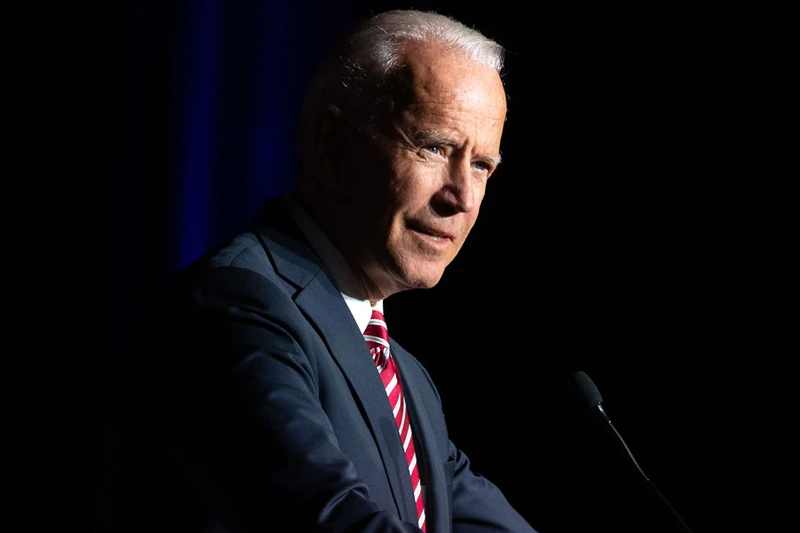

OAN Geraldyn Berry
UPDATED 5:14 PM – Wednesday, April 12, 2023
In order to advance its comprehensive climate agenda and encourage Americans to purchase electric vehicles (EVs), the Biden administration has finally unveiled the most stringent tailpipe emissions regulations ever created.
The White House revealed the proposed vehicle emission regulations on Wednesday, which will apply to vehicles with model years 2027 through 2032. The rules will “protect public health” by reducing carbon emissions by almost 10 billion tons by 2055 and saving consumers an average of $12,000 over the course of a vehicle’s lifetime, according to White House representatives.
The proposal made on Wednesday would essentially codify many of the administration’s voluntary agreements with automakers from 2021 into regulatory obligations, with tougher criteria than previously contemplated, for model years 2027 through 2032. The EPA estimates that the new rules will effectively force American automakers to sell as many as 60% of EVs by 2030, as opposed to 50% of the market being electric by that time.
The most aggressive of several EPA options could reportedly lead to 67% of all new passenger car and light-duty truck sales being electric by 2032.
Since manufacturers are essentially forced to increase their production of zero-emission vehicles in order to comply, this transition would require a wider variety of electric cars and trucks to be accessible to consumers. That might start a conflict with the auto industry, which has been collaborating closely with the administration to hasten the switch to EVs.
The 46th president, who called himself a “car enthusiast and self-proclaimed car guy,” faced opposition from Republican lawmakers and automakers as they have voiced their position on the matter.
Director of the Competitive Enterprise Institute’s Center for Energy and Environment, Myron Ebell, claimed that “the Biden administration is trying to bend every federal rule they can find to force people into buying EVs.”
“If Biden policies are successful, we will soon have a choice between buying an EV and not being able to afford a vehicle at all,” Ebell said.
General Motors (GM) has said in a statement that they would need even more help from the government to build electric cars and trucks as inexpensive as consumers want them and as fast as the administration is seeking.
“Complementary policies like permitting reform and support for domestic investments in manufacturing, supply chain and charging infrastructure are needed to help accelerate investments and adoption,” GM stated.
To “address the climate crisis,” President Biden issued an executive order in August 2021 directing the EPA to establish fuel economy and emissions requirements. In a decision that overturned a Trump administration regulation, the EPA finalized greenhouse gas emissions criteria for cars built between 2023 and 2026 a few months later. At the time, the agency referred to these restrictions as the “most ambitious” of their kind.
Stay informed! Receive breaking news blasts directly to your inbox for free. Subscribe here. https://www.oann.com/alerts





Be the first to comment